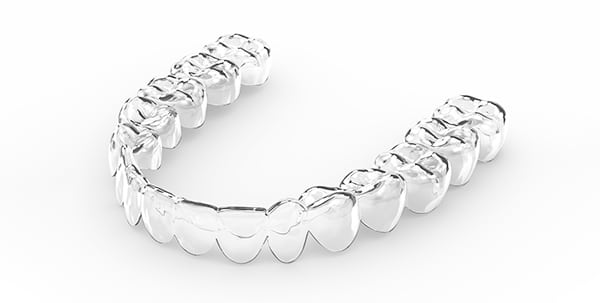Orthodontic Retainers to Protect Your New Smile
Completing orthodontic treatment is a major milestone, but it’s not the final step. We’re committed to helping your beautiful new smile last a lifetime. That’s where retainers come in.
After your treatment has finished, Dr. Seth Osterman will guide you through the retention phase. With consistent retainer wear and proper care, you can maintain your results for years to come.
Why Retainers After Braces and Invisalign Matter
When braces come off, the surrounding bone and tissues are still adjusting. Without regular retainer use, your teeth may gradually shift back toward their original positions. Even with good habits, minor changes are expected, but following your prescribed wear schedule and attending all follow-up visits helps keep your smile on track.
Types of Retainers
Removable Retainers
These custom-made appliances are worn full-time for the first week to three months after braces, then typically worn nightly long-term. This may vary depending on your unique needs. During follow-up visits, we’ll check your retainers and monitor your alignment. Occasionally, we may take a panoramic X-ray, especially for teens, to evaluate wisdom teeth.
Fixed Retainers (Bonded Wire)
A bonded retainer is a thin wire cemented behind the lower front teeth and is designed to stay in place permanently. These are ideal for maintaining alignment without the need to remember to wear a removable appliance. However, if gum, bone, or hygiene issues arise, we may recommend transitioning to a removable retainer. If the bonded wire is removed, a new retainer must be worn to prevent shifting. Regular dental cleanings will help monitor the condition of the bonding and surrounding tissue.


How to Care for Your Retainers
To keep your retainers clean, effective, and long-lasting, it’s important to follow proper hygiene and storage routines.
Clean your retainer daily using a toothbrush and mild liquid soap. Avoid toothpaste, as it can be abrasive and damage the material. After brushing, rinse thoroughly to remove any soap residue. For a deeper clean, you can occasionally use:
Efferdent or Retainer Brite for soaking
A white vinegar solution with gentle scrubbing to remove buildup
An ultrasonic cleaner for stubborn debris
Avoid exposing your retainer to any source of heat, including:
Boiling water
Dishwashers
Car dashboards
Sunny window sills
Retainers should always be stored in their protective case when not in your mouth. Leaving them out increases the risk of damage or loss. Keep them away from pets, especially dogs, as they’re often drawn to chewing them.
If you need to disinfect your retainer, never boil it. Instead, soak it in a 1:10 bleach-to-water solution for 15 minutes, then rinse thoroughly with cool water.
If your retainer becomes damaged, doesn’t fit well, or feels uncomfortable, contact our office promptly. One set of retainers is included with your treatment; replacements are available for an additional fee.
Habits That Can Affect Retainer Success
Even with great retainer compliance, certain habits or conditions may still cause your teeth to shift:
Clenching or grinding (bruxism)
Tongue thrust or abnormal tongue posture
Thumb or finger-sucking
Jaw joint instability
Late jaw growth, especially in underbites
In some cases, further treatment may be needed to maintain your results.
Keep Up with Routine Dental Care
Good oral hygiene and regular dental care are essential for the success of your orthodontic treatment. Commit to brushing and flossing daily with proper technique and visit your general dentist for professional cleanings and check-ups at least every six months. These habits protect your teeth and gums, support the best possible orthodontic results, and help you maintain a healthy, beautiful smile for life.
